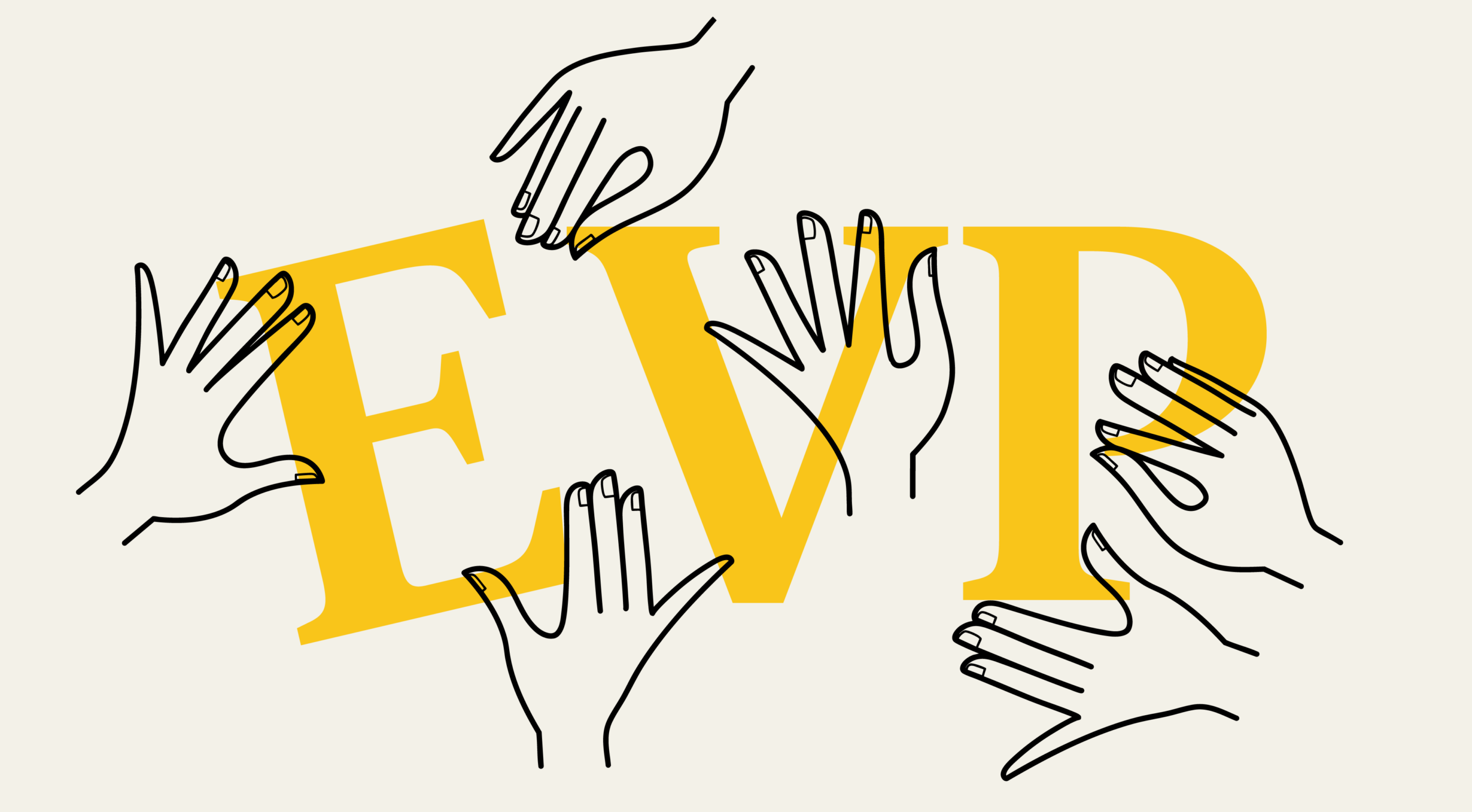In a world where top talent has choices, your Employer Value Proposition (EVP) is no longer a branding accessory – it’s a business necessity. It’s the promise you make to employees and candidates. Get it right, and you attract people who belong. Get it wrong, and you risk high turnover, low engagement, and a reputation that repels instead of recruits.
The most effective EVPs aren’t crafted in boardrooms or created in isolation. They’re co-created through Collaborative Design, where employees, leaders, and the right consultancy work together to uncover what truly sets the organization apart. A good partner doesn’t dictate the message, they help surface it, shape it, and ensure it resonates.
What is Collaborative Design?
Collaborative Design is exactly what it sounds like: designing with people, not for them. It’s a participatory approach borrowed from product and service development, now increasingly applied to HR and employer branding. The idea is simple: bring together cross-functional teams – HR, marketing, comms, business leaders, and employees
themselves to co-create something meaningful and real.
When applied to EVP creation, Collaborative Design means the end product isn’t just a polished slogan – it’s a reflection of shared truth.
The approach
1. Discovery through listening
Start by gathering qualitative and quantitative insights. Employee surveys, stay interviews,
exit interviews, culture audits – this provides the raw data. Then host listening sessions,
not Townhalls, but conversations. Get people talking about why they joined, why they stay,
and what frustrates them. Capture patterns, not platitudes.
2. Co-creation workshops
Next, run workshops with diverse employee groups – across departments, seniority, geographies. Use design thinking tools like empathy maps, value proposition canvases,
and journey mapping. Ask: What’s the real experience here? What do we aspire to be? What trade-offs are we willing to own?
You’re not looking for perfection. You’re looking for truth and aspiration. A compelling tension between who we are and who we want to be.
3. Prototyping the EVP
Treat your EVP like a product. Draft several versions. Test them with internal audiences. Does it sound like us? Is it inspiring? Honest? Distinctive? You’re not just testing copy – you’re testing resonance.
4. Validation and launch
Once you’ve honed the messaging, validate it with leadership, align it with your business strategy, and embed it everywhere: recruitment, onboarding, internal comms, career development. This isn’t just a tagline. It’s a lens for decision-making.
Why it works
+ It’s credible. When your EVP comes from employees, it feels authentic – because it is. Candidates spot fluff a mile away. Real voices build real trust.
+ It builds engagement. The process itself boosts morale. When people feel heard, they feel valued. When they co-create, they commit.
+ It aligns your brand. Collaborative Design naturally brings HR, marketing, and leadership onto the same page.
+ It evolves with you. Because the process is repeatable, your EVP isn’t frozen in time. You can revisit and refine as the company grows.
Final thought
The best EVPs don’t just describe a workplace, they define a shared identity. And shared identity isn’t handed down from the boardroom or dreamed up in isolation. It’s built
together.
That’s why the most effective EVPs are shaped collaboratively. Bringing people into the process not only reveals what truly defines your culture, it builds clarity, alignment, and a sense of ownership along the way. With the right approach, the process itself becomes part of the value. And the result is an EVP that feels honest, reflects who you are, and resonates – inside and out.



